For those new to the equestrian world but harboring dreams of show rings, trail competitions, or simply developing a profound bond with these majestic animals, selecting the right horse breed is crucial. The journey from novice to accomplished rider requires a trustworthy, forgiving equine partner that can accommodate mistakes while still offering room for growth. Unlike experienced equestrians who might seek specific traits for specialized disciplines, beginners need mounts that balance temperament with capability. In this comprehensive guide, we’ll explore horse breeds that provide the perfect foundation for riders with ambition, offering both the patience needed for learning and the potential to accompany you as your skills advance toward those big dreams.
Understanding What Makes a Breed “Beginner-Friendly”
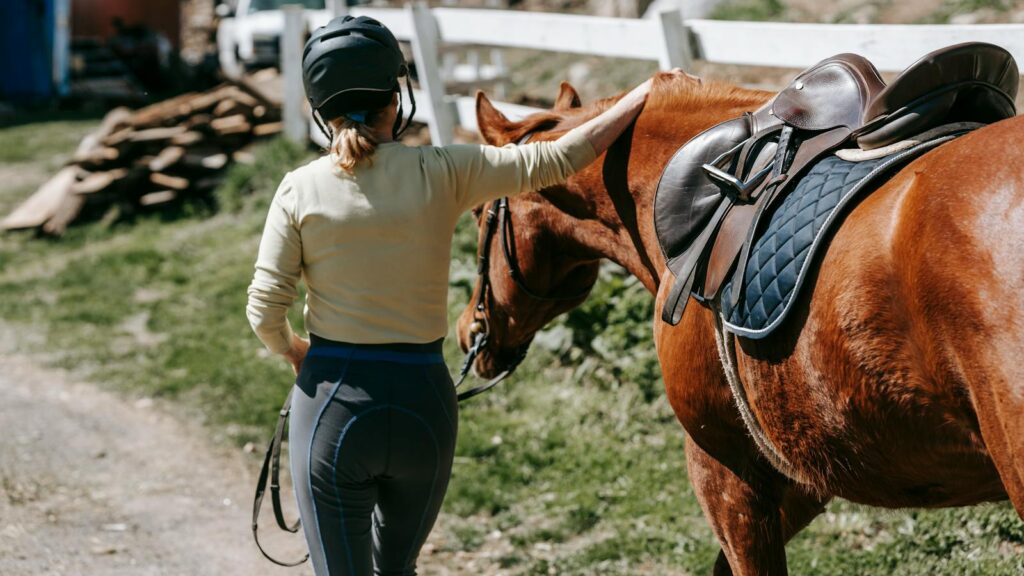
When evaluating horses for novice riders, temperament stands as the most critical factor, even above appearance or pedigree. Ideal beginner mounts demonstrate consistency, forgiveness, and a calm disposition that inspires confidence rather than fear. These horses respond predictably to cues, resist spooking at everyday stimuli, and possess what equestrians often call “bombproof” qualities. Physical attributes matter too—a moderately sized horse with smooth gaits reduces the intimidation factor while making mounting and dismounting less challenging. While no breed guarantees a perfect beginner horse, certain bloodlines consistently produce individuals with the right combination of patience, intelligence, and reliability that novices require while still offering growth potential as skills improve.
Quarter Horses: America’s Versatile Favorite
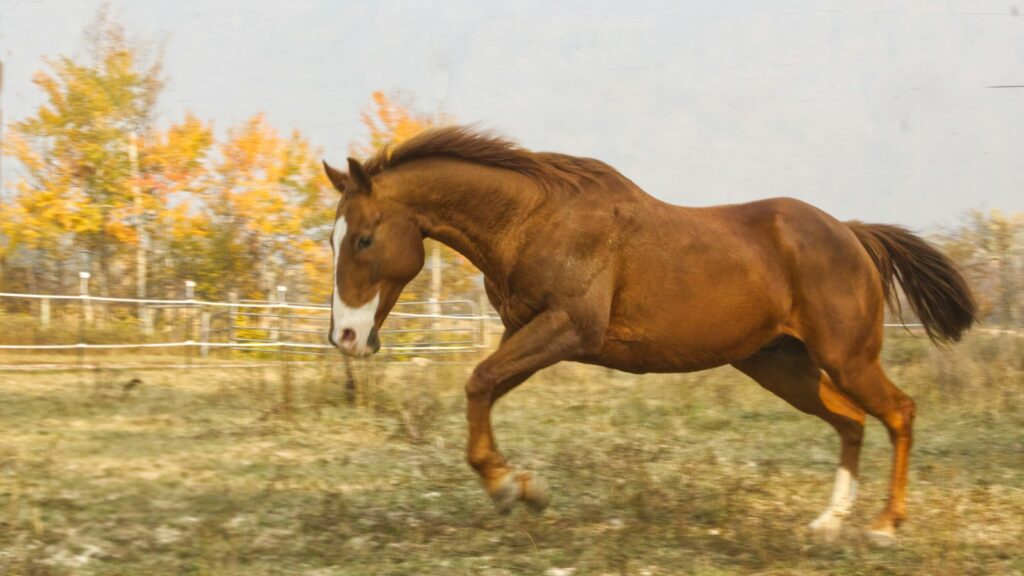
The American Quarter Horse represents perhaps the ideal starting point for ambitious beginners, combining an exceptionally stable temperament with versatility across disciplines. These horses earned their name from their unparalleled speed in quarter-mile races, but they’ve become prized for their “cow sense,” willing attitude, and substantial build that inspires confidence in nervous riders. The breed’s natural athleticism offers room for advancement into Western disciplines like reining, cutting, and barrel racing, or English pursuits including hunter/jumper competitions. Most importantly, quality Quarter Horses possess what trainers call a “thinking” approach to new situations rather than reacting with flight instinct, making them forgiving partners during the inevitable mistakes of learning. Their popularity also means finding quality mounts at reasonable prices is often more accessible than with rarer breeds.
Morgan Horses: Compact Power with Willing Personalities
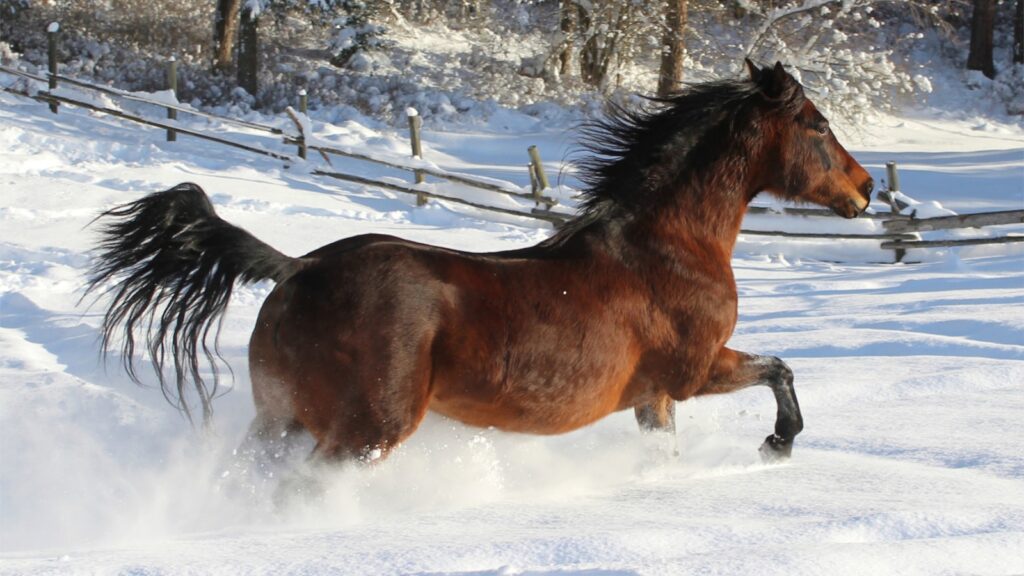
Tracing their lineage to a single foundation sire named Figure (later called Justin Morgan), these compact, powerful horses combine beauty with remarkably cooperative attitudes. Morgans are known throughout the equestrian world for their people-oriented personalities, often seeming eager to please in a way that builds rider confidence naturally. Their moderate size—typically between 14.1 and 15.2 hands—makes them less intimidating than larger breeds while still carrying adult riders comfortably. The breed excels particularly in driving, saddle seat, and trail riding, though their versatility extends to most disciplines. Perhaps most valuable for beginners with ambitions, Morgans tend to form strong bonds with their handlers, creating partnerships that deepen as skills advance rather than requiring replacement with a more advanced mount later in your riding journey.
Welsh Cobs: Small Stature with Big Capabilities
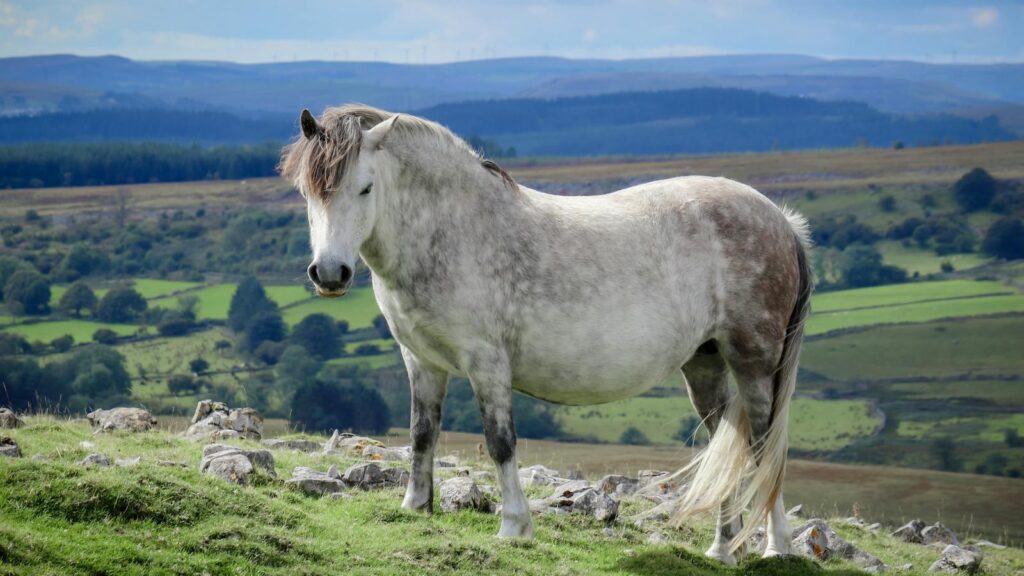
For smaller adults or teens with serious riding aspirations, the Welsh Cob (Section D) offers an ideal combination of manageable size and surprising athletic ability. Standing between 13.2 and 15 hands, these compact powerhouses possess the sturdy build required for adult riders while remaining less intimidating than larger horses. Their historical development in the challenging Welsh landscape has produced a breed renowned for surefootedness, stamina, and level-headed problem-solving abilities. Welsh Cobs particularly excel in activities requiring agility and intelligence—driving, eventing, and dressage suit their natural movement and willing attitude. Their animated gaits provide enough expression for competitive pursuits while remaining comfortable and predictable for learning riders, making them suitable for those who aspire to compete but need a forgiving partner during the developmental phase.
Tennessee Walking Horses: Comfort and Confidence

For novice riders concerned about jarring gaits or back discomfort, Tennessee Walking Horses offer a uniquely smooth riding experience through their natural “running walk” gait. This four-beat gait virtually eliminates bounce, creating a gliding sensation that helps new riders find their seat and balance without fighting uncomfortable motion. Beyond their signature smoothness, naturally-gaited Walking Horses typically possess gentle temperaments, making them exceptionally suitable for riders with anxiety or physical limitations who still harbor competitive dreams. The breed excels in trail competitions, versatility events, and specialized gaited shows where their distinctive movement becomes a competitive advantage. Importantly for beginners with aspirations, these horses allow riders to focus on developing finesse and communication rather than struggling with basic stability in the saddle.
Haflinger: The Golden Mountain Horse
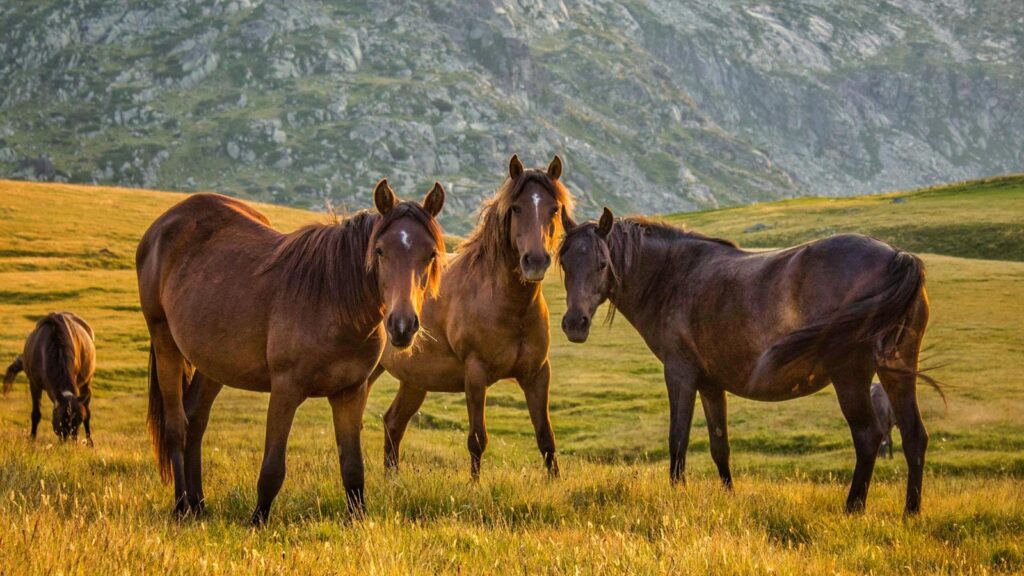
These distinctive golden chestnut horses with flaxen manes originated in Austria’s Alpine regions, developing remarkable versatility and sure-footedness along with their trademark friendly personalities. Standing between 13.2 and 15 hands, Haflingers combine pony hardiness with horse-like carrying capacity, making them suitable for adults despite their smaller stature. Their natural balance, developed through centuries of mountain work, translates into exceptional stability for novice riders even on challenging terrain. Particularly well-suited to dressage foundations, driving, and trail riding, Haflingers possess the athletic potential to accompany ambitious riders into competitive spheres while maintaining the forgiveness beginners require. Their intelligence and problem-solving abilities often mean these horses actively assist their riders through difficult situations rather than exploiting inexperience—a valuable trait for those developing their skills.
Appaloosa: Distinctive Appearance with Dependable Minds

Beyond their striking spotted coats, Appaloosas offer novice riders a combination of sensible temperaments and athletic versatility ideal for growth. The breed’s development by the Nez Perce tribe emphasized intelligence, stamina, and level-headedness—traits that modern breeding programs continue to prioritize alongside their distinctive appearance. While individual temperaments vary, well-bred Appaloosas typically display a business-like approach to work, focusing on their riders rather than environmental distractions. Their natural aptitude for Western disciplines like trail competitions, ranch work, and gaming events provides clear pathways for advancement as skills develop. Perhaps most valuable for beginners with dreams, Appaloosas often demonstrate remarkable patience with learning riders while still offering the athletic capability to perform competitively when their riders’ abilities catch up to their potential.
Paint Horses: Colorful Partners with Level Heads

Combining the color patterns of pinto spotting with Quarter Horse bloodlines, American Paint Horses offer beginners eye-catching appearance alongside reliable temperaments. Their Quarter Horse heritage contributes substantial athletic ability particularly suited to Western disciplines, including reining, cutting, and Western pleasure. Paint Horses typically possess strong, muscular builds that create a sense of security for uncertain riders while providing the physical capability for advancement into competitive spheres. Their generally sensible disposition makes them less reactive to novice mistakes, allowing beginners the freedom to learn without harsh consequences. The breed’s popularity in Western competition circles means ambitious riders can find suitable mounts with proven show records that can accommodate learning phases while still offering competitive potential as skills advance.
Irish Sport Horses: Future-Proofing Your Riding Journey

For novices with specific dreams of jumping disciplines or eventing, carefully selected Irish Sport Horses can provide the rare combination of beginner-friendly temperament with advanced athletic potential. These crosses (typically Irish Draught and Thoroughbred) have become the dominant force in international eventing through their ideal blend of substance, courage, and athletic ability. While not all Irish Sport Horses suit beginners, those with heavier Irish Draught influence often possess the steadier temperaments and forgiving nature novices need. Their exceptional jumping ability, natural balance, and intelligent approach to obstacles create a mount that won’t need replacement as ambitions grow toward competition. For patient beginners willing to work with professional trainers, selecting a mature, well-schooled Irish Sport Horse can provide both the safe learning environment needed initially and the athletic capability for eventual competitive success.
Fjord Horses: Distinctive Partners with Ancient Reliability

The Norwegian Fjord Horse stands out visually with its cream coloration, distinctive dorsal stripe, and unique “crewcut” mane, but this ancient breed offers far more than appearance to novice riders. Their compact, strong build (typically 13.2-14.2 hands) creates an approachable size while still easily carrying adult riders across varied terrain. Fjords possess an exceptionally stable temperament, combining Viking-era reliability with surprising athleticism for their stature. Their natural balance and self-carriage make them particularly suited to dressage foundations and driving, while their surefootedness excels on trail obstacles. The breed’s thoughtful, methodical approach to new challenges creates an ideal learning environment for riders developing confidence and skills. Unlike some beginner-oriented breeds, quality Fjords offer competitive potential particularly in combined driving, working equitation, and lower-level dressage—perfect for ambitious beginners not focused on jumping disciplines.
Rocky Mountain Horses: Smoothness with Substance
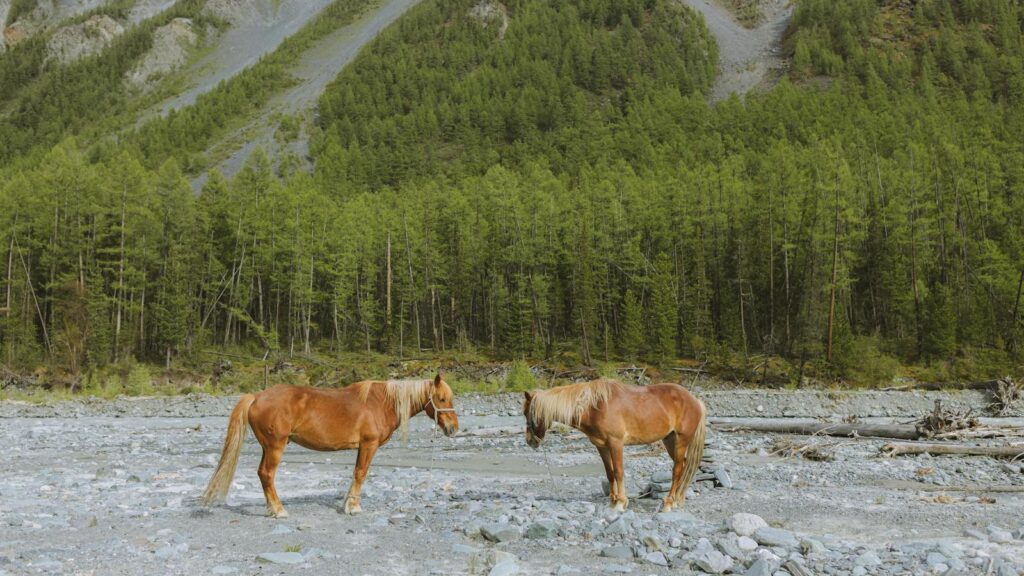
This American gaited breed combines the comfort of an ambling gait with substantial build and exceptional trail sensibility, making them ideal for novices dreaming of distance riding or competitive trail events. Their signature chocolate coat with flaxen mane and tail (though other colors exist) creates distinctive beauty, but their value to beginners lies in their remarkably gentle nature and smooth four-beat gait. Unlike some gaited breeds, Rocky Mountain Horses maintain a natural headset and relaxed demeanor that promotes proper rider position rather than compensating for artificial movement. Their historical development in the challenging Appalachian Mountains produced horses with innate problem-solving abilities and surefootedness that build rider confidence on varied terrain. For ambitious beginners interested in competitive trail, extreme cowboy racing, or distance riding, these horses provide both the forgiving nature needed for learning and the capability for advancement.
The Arabian Alternative: When to Consider This Ancient Breed

While Arabians often appear on “breeds to avoid” lists for beginners due to their sensitivity and reactivity, specific individuals within this ancient breed can provide exceptional partnerships for the right novice rider with big dreams. The key lies in selecting older (10+ years), well-trained Arabians with proven show or trail experience rather than young or green individuals. These horses offer unmatched endurance, intelligence, and loyalty that create profound partnerships for dedicated riders. Particularly suited to ambitious beginners interested in distance riding, competitive trail, or Arabian-specific show divisions, the right Arabian can accompany a rider from novice status through advanced accomplishments. Their legendary stamina, efficient movement, and problem-solving abilities make them especially valuable for riders interested in endurance competitions, where Arabians dominate international competitions through their natural physiological advantages.
Selecting Your Individual Partner Beyond Breed
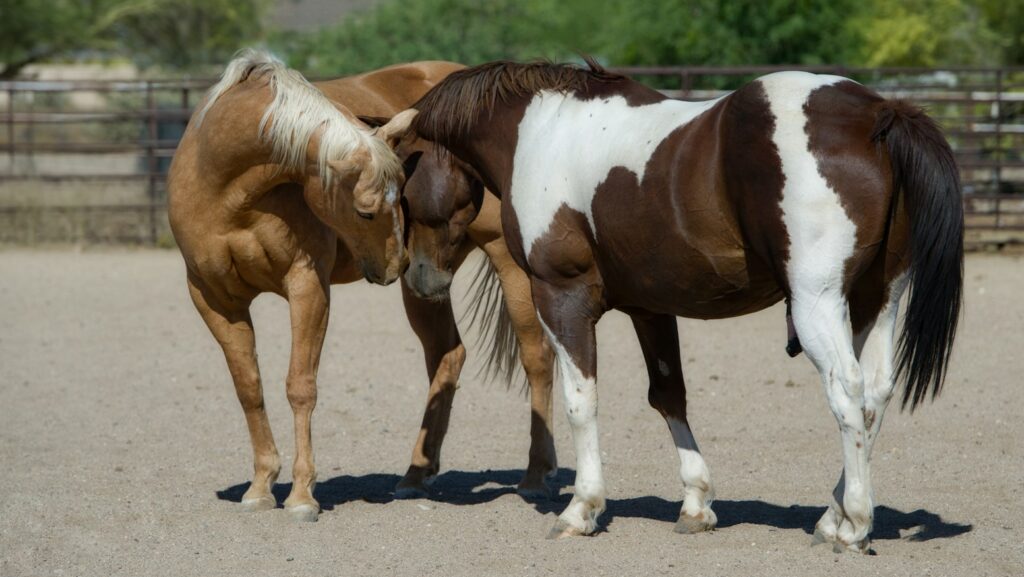
While breed characteristics provide useful guidelines, individual temperament ultimately matters more than bloodlines when selecting a beginner’s mount with potential for advancement. Prioritize proven experience with novice riders, preferably a horse that has successfully carried multiple beginners safely while still performing at the level you eventually aspire to reach. Age brings wisdom in horses—those between 10-18 years typically offer the perfect balance of education and energy for ambitious beginners. Professional assessment proves invaluable; arrange evaluations with qualified trainers specializing in your discipline of interest rather than relying solely on seller descriptions. Remember that the perfect match balances three elements: safety appropriate for your current skill level, potential matching your future ambitions, and a personality compatible with your learning style. The right individual horse within any breed can become either your greatest teacher or your greatest challenge, regardless of general breed characteristics.
Building the Future: Training and Development Considerations

For novice riders harboring competitive dreams, the journey extends far beyond initial breed selection into creating structured development plans. Partner with knowledgeable instructors who understand your long-term goals while respecting your current limitations, creating progressive training programs matching both your aspirations and your horse’s capabilities. Consider whether your chosen mount requires specialized training aligned with their breed strengths—gaited horses benefit from trainers understanding natural movement, while breeds with sport horse potential need development preserving their jumping form or dressage movement. Establish realistic timelines acknowledging that proper fundamentals require patience; rushing advanced skills without solid foundations limits both safety and potential achievement. The most successful partnerships between ambitious beginners and their equine partners develop through consistent, thoughtful progression rather than hurried advancement, regardless of which breed you ultimately select as your partner in this journey.
Journey to Confident Horseback Riding
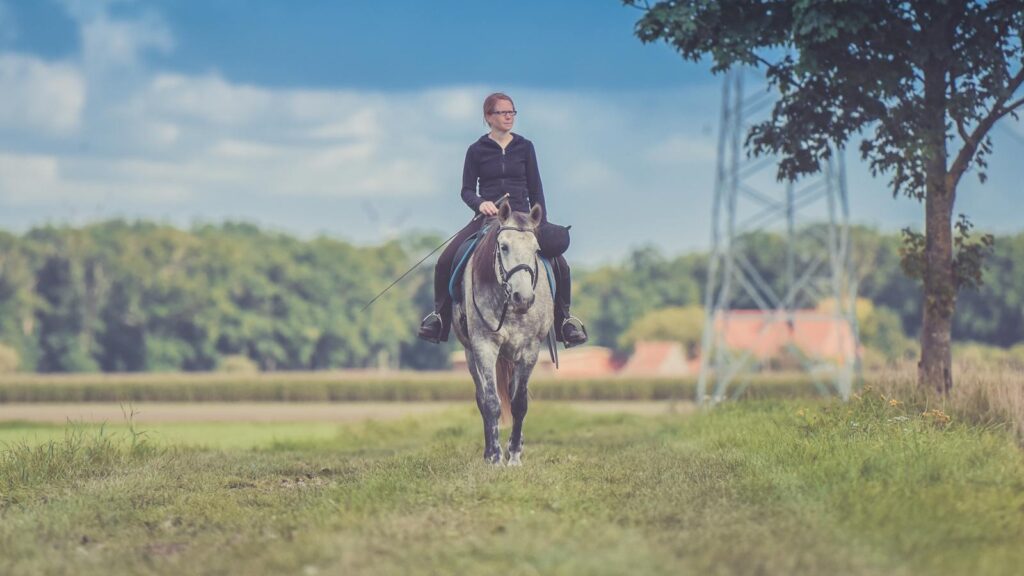
The equestrian journey from novice to accomplished rider represents one of horsemanship’s most rewarding progressions, particularly when shared with a well-matched equine partner. While the breeds discussed provide excellent starting points for those balancing current limitations with future aspirations, remember that individual horse selection ultimately matters more than general breed characteristics. The ideal mount should meet you where you currently stand while offering patience for your learning curve and potential matching your dreams. With thoughtful selection, quality instruction, and dedicated development, the right horse becomes not merely a beginner’s mount but a partner in achievement, carrying you from those first uncertain moments to the accomplishment of those big dreams that inspired your journey into the saddle.







